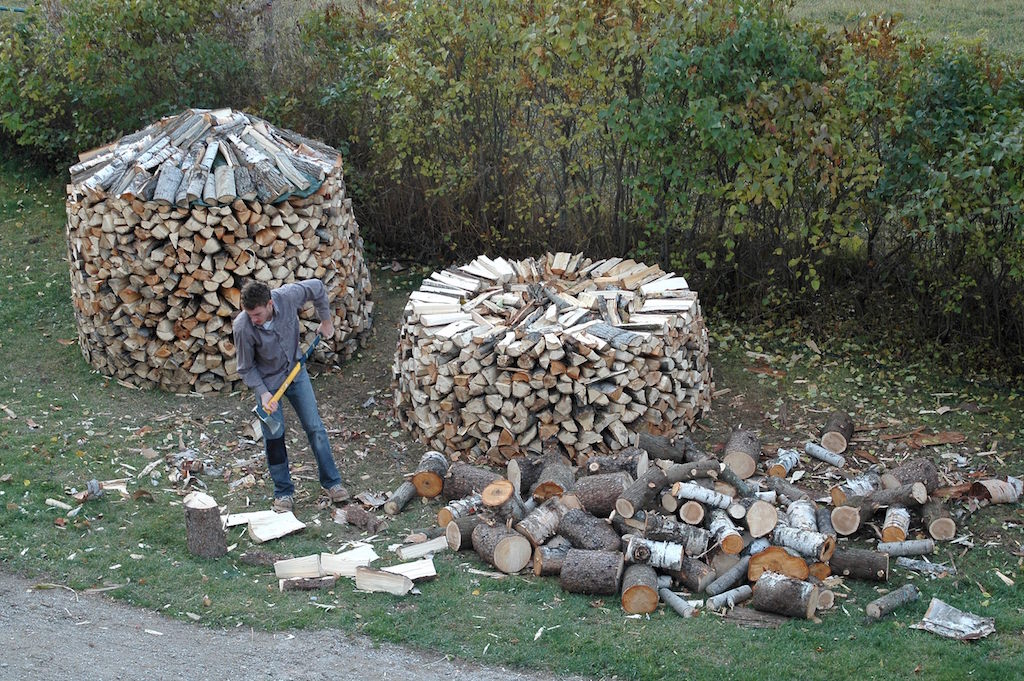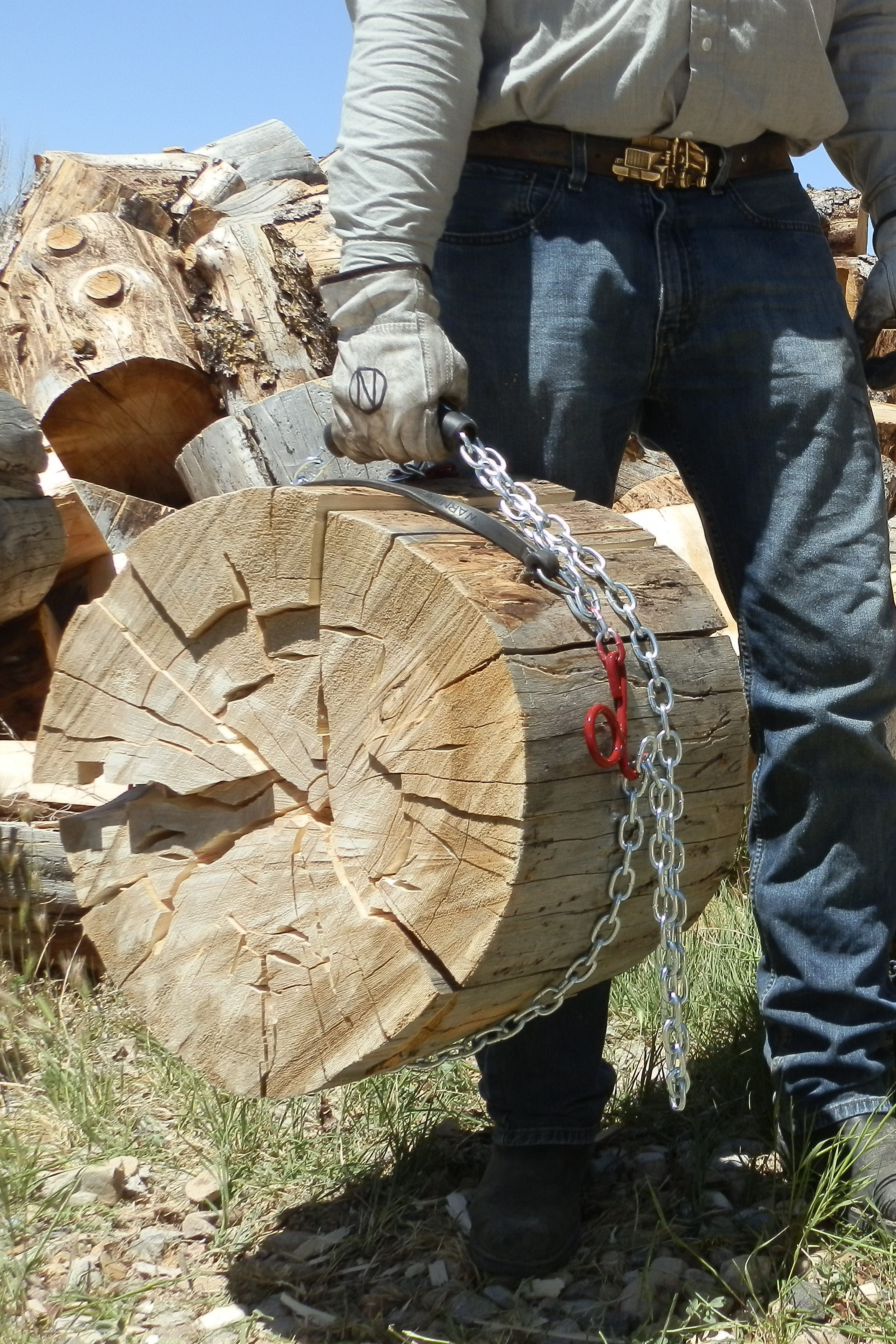

In the patent-or-perish environment of higher education, we see the death of natural history as the more hands-on disciplines, such as zoology, give way to more theoretical and remunerative microbiology and genetic engineering. Wellmeaning public-school systems, media, and parents are effectively scaring children straight out of the woods and fields. Our institutions, urban/suburban design, and cultural attitudes unconsciously associate nature with doom-while disassociating the outdoors from joy and solitude. That lesson is delivered in schools, families, even organizations devoted to the outdoors, and codified into the legal and regulatory structures of many of our communities. Our society is teaching young people to avoid direct experience in nature. Today, a similar and more important line is being crossed. His thesis has been discussed and debated ever since.
WAY TO THE WOODS MOVIE
A recent television ad depicts a four-wheel-drive SUV racing along a breathtakingly beautiful mountain stream-while in the backseat two children watch a movie on a flip-down video screen, oblivious to the landscape and water beyond the windows.Ī century ago, the historian Frederick Jackson Turner announced that the American frontier had ended. Increasingly, nature is something to watch, to consume, to wear-to ignore. For a new generation, nature is more abstraction than reality. As likely as not today, "summer camp" is a weight-loss camp, or a computer camp. Not that long ago, summer camp was a place where you camped, hiked in the woods, learned about plants and animals, or told firelight stories about ghosts or mountain lions. The shift in our relationship to the natural world is startling, even in settings that one would assume are devoted to nature. While I pay particular attention to children, my focus is also on those Americans born during the past two to three decades. It also describes the accumulating research that reveals the necessity of contact with nature for healthy child-and adult-development.

This book explores the increasing divide between the young and the natural world, and the environmental, social, psychological, and spiritual implications of that change. A kid today can likely tell you about the Amazon rain forest-but not about the last time he or she explored the woods in solitude, or lay in a field listening to the wind and watching the clouds move. I wandered those woods even in my dreams. But I knew my woods and my fields I knew every bend in the creek and dip in the beaten dirt paths. Nobody in the 1950s talked about acid rain or holes in the ozone layer or global warming.


That's exactly the opposite of how it was when I was a child.Īs a boy, I was unaware that my woods were ecologically connected with any other forests. Today, kids are aware of the global threats to the environment-but their physical contact, their intimacy with nature, is fading. The polarity of the relationship has reversed. Within the space of a few decades, the way children understand and experience nature has changed radically. Americans around my age, baby boomers or older, enjoyed a kind of free, natural play that seems, in the era of kid pagers, instant messaging, and Nintendo, like a quaint artifact. But my son was serious he felt he had missed out on something important. Like many parents, I do tend to romanticize my own childhood-and, I fear, too readily discount my children's experiences of play and adventure. I had, in fact, been telling him what it was like to use string and pieces of liver to catch crawdads in a creek, something I'd be hard-pressed to find a child doing these days. "Well, you're always talking about your woods and tree houses, and how you used to ride that horse down near the swamp."Īt first, I thought he was irritated with me. One evening when my boys were younger, Matthew, then ten, looked at me from across a restaurant table and said quite seriously, "Dad, how come it was more fun when you were a kid?" Excerpt from Last Child in the Woods INTRODUCTION


 0 kommentar(er)
0 kommentar(er)
